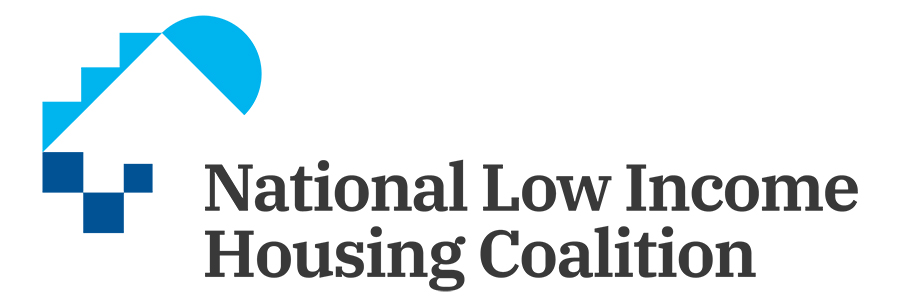NLIHC Report Describes Growing Affordable Rental Housing Gap

On August 25, the National Low Income Housing Coalition (NLIHC) released the latest issue of its periodical, Housing Spotlight. This issue, titled The Affordable Rental Housing Gap Persists, summarizes the findings of a report NLIHC recently published on the availability of affordable rental housing for lower income households and focuses on the gap between the number of households in specific income groups and the number of rental homes that are both affordable and available to them.
NLIHC’s new paper features a new metric called deeply low income (DLI). DLI renters receive 15 percent or less of the area median income (AMI) for the area in which they live. The new paper also describes housing needs in federally designated metropolitan areas, which provides more clarity on where housing needs are greatest.
The report yielded seven key findings:
- The number of extremely low income (ELI) renters has steadily increased since 2009, reaching 10.3 million households in 2012, up from 9.6 million in 2009. ELI households receive 30 percent or less of AMI.
- The demand for rental homes affordable to ELI renters has increased but the supply is lagging behind. For every 100 ELI renters, there are only 31 available and affordable units. Another way to demonstrate the gap is that there was a shortage of 7.1 million units available and affordable to ELI households.
- There was a shortage of 3.4 million affordable rental homes available for the 4 million renter households who are classified as DLI.
- 90 percent of DLI households and 75 percent of ELI renters spent more than half of their income on rent and utilities.
- At least half of all ELI renters paid more than half of their income on rent and utilities in every state.
- No state had more than 34 units of rental housing available and affordable per 100 DLI households.
- None of the 50 metropolitan areas with the largest rental household populations had a sufficient number of affordable rental units to serve all ELI households.

